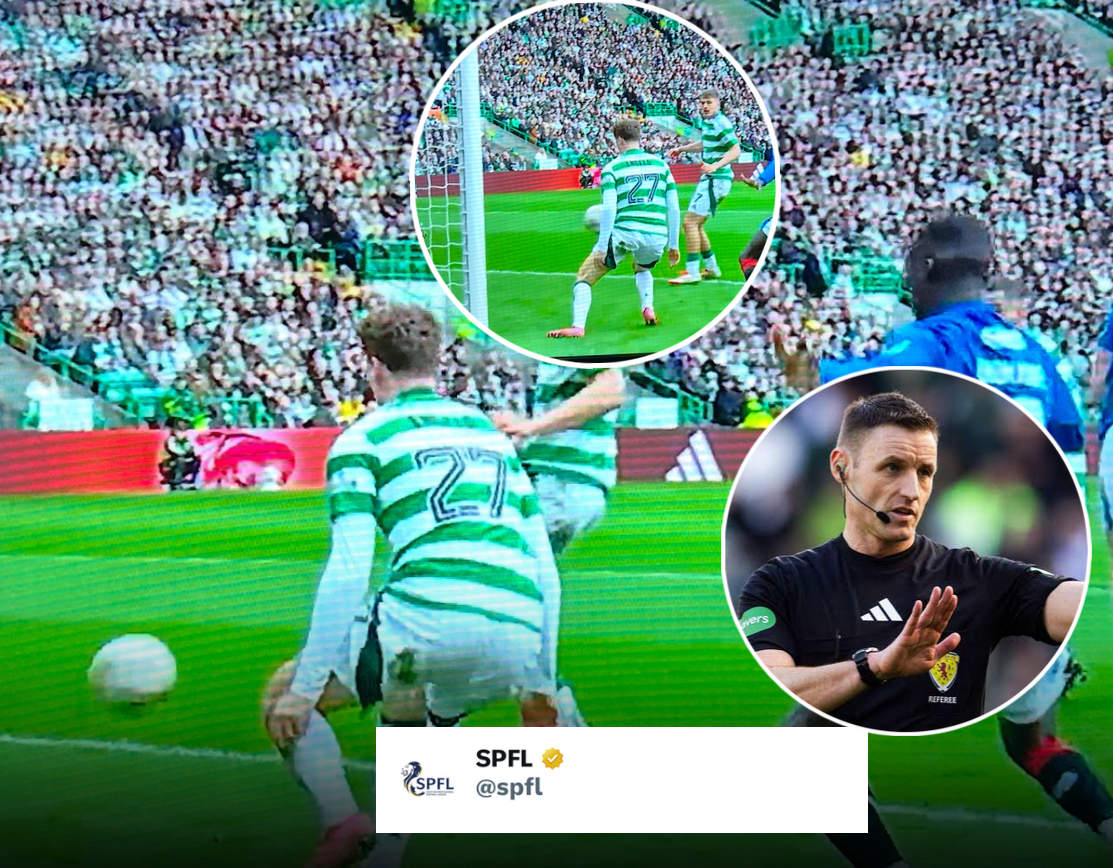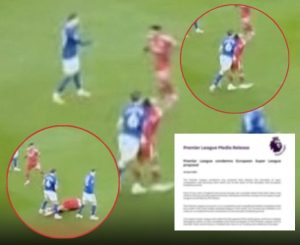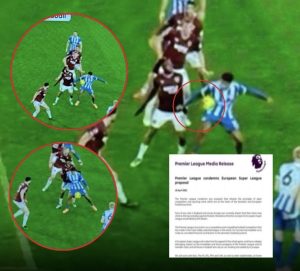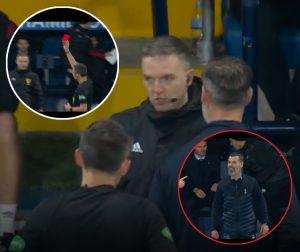REASON WHY CELTIC HANDBALL WASN’T CALLED FOR PENALTY ‘ AS FANS LEFT COMPLETELY BAFFLED, THE SPFL HAVE RELEASED A STATEMENT
In a recent Scottish Premiership match between Celtic and Rangers, a controversial incident involving Celtic midfielder Arne Engels left Rangers fans and pundits alike questioning the consistency of handball decisions in football. The incident occurred when Engels appeared to handle the ball inside the penalty area, but no penalty was awarded, leading to widespread confusion and debate. The Scottish Professional Football League (SPFL) subsequently released a statement addressing the situation, but for many, the explanation raised more questions than it answered.
The Incident: A Closer Look
During the match, as Rangers pressed forward, a cross was delivered into Celtic’s penalty area. Engels, in an attempt to intercept the ball, made contact with his arm. The referee, positioned some distance away, waved play on, deeming the contact unintentional. Rangers players and supporters immediately protested, insisting that a clear handball had occurred and that a penalty should have been awarded.
VAR’s Role and the Referee’s Decision
The Video Assistant Referee (VAR) system, implemented to assist in such contentious decisions, reviewed the incident. After a brief check, VAR officials concurred with the on-field referee’s assessment, determining that the handball was not deliberate and that Engels’ arm was in a natural position. Consequently, no penalty was awarded, and the game continued.
Fan Reactions: Bafflement and Frustration
The decision not to award a penalty left many Rangers fans bewildered. Social media platforms buzzed with debates, with some supporters accusing the referees of bias, while others questioned the clarity of the handball rule itself. One fan expressed frustration, stating that such inconsistencies are ruining the sport’s integrity.
The SPFL’s Statement
In response to the growing controversy, the SPFL released a statement aiming to clarify the decision-making process. The league emphasized that the referee and VAR officials followed the current interpretation of the handball rule, which considers factors such as the position of the arm and the player’s intent. The SPFL acknowledged the subjective nature of such decisions and assured fans of their commitment to continuous review and improvement of officiating standards.
Understanding the Handball Rule
The handball rule in football has been a topic of extensive debate and has undergone several revisions in recent years. According to the International Football Association Board (IFAB), a handball offense occurs if a player:








Post Comment